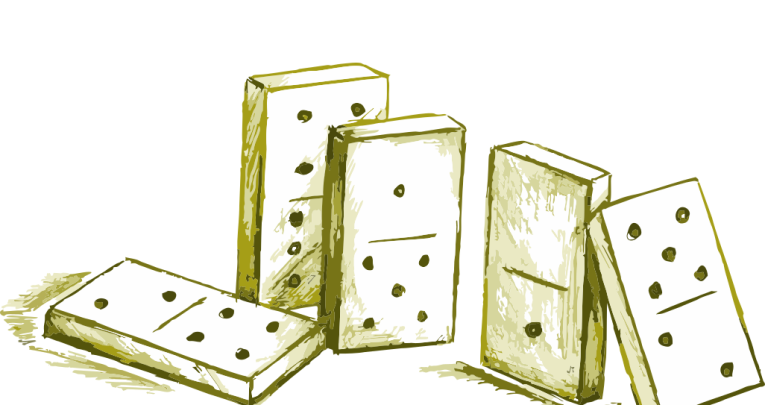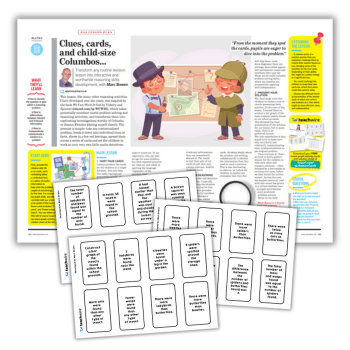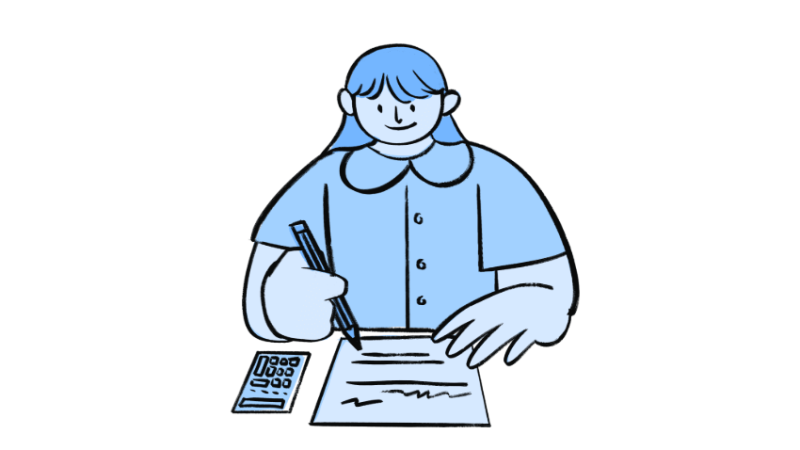Using Dominoes To Teach Early Years Maths

When developing children’s understanding of numbers, sometimes the old resources are the best, as Ems Lord and Liz Woodham explain…

- by Ems Lord

Look around most early years settings and you’ll soon come across a set of dominoes. They come in a surprising variety of formats: you might find a traditional wooden set, decorated with brightly coloured dots, a set of large domino carpet tiles for laying on the floor, or even interactive dominoes on a screen.
Whatever form they take, dominoes are a terrific mathematics resource – but despite their ubiquity they are sadly underused in many settings. So are you making the most of dominoes to develop children’s early number skills?
Fresh ideas
How do you use dominoes in your setting? There’s the obvious answer, of course: for playing dominoes! But there are many more activities you can introduce to support number recognition and matching skills, and thanks to their simplicity, they are ideal for sharing with home too.
Special numbers
A lovely way to start each day is by sharing ‘Today’s Special Number’. When I first began working with early years children, I tended to hold up a plastic number, e.g. five, and then encourage the children to say the number out loud. That worked quite well, but tended to lack excitement. I wanted to develop their curiosity too. So, I set up a washing line in our space and pegged up some of my larger carpet dominoes, in order by counting their dots.
At first, I only used those dominoes that had between one and five dots on them in total. Each morning, before the children arrived, I removed one of the dominoes. It certainly caught their attention. All of a sudden it seemed that every child wanted to be the first to enter the class and identify the missing domino! When one of the children believed that they had worked out which domino was missing, we would check together by counting the dots on the domino that I had hidden away. When everyone was satisfied that it was indeed our ‘missing’ domino, it was returned to its rightful place on our washing line.
‘Today’s Special Number’ allows young children to develop their number recognition skills. I also loved having an activity that really encouraged them to look carefully at their surroundings and identify changes too. As the children’s number skills developed, I would increase the number of dots and ensure that the game always presented a challenge to the group.
Sorting and matching
Dominoes are terrific for matching activities. Young children need plenty of opportunities to learn to recognise the different ways that we represent numbers in the world. If you put out a selection of plastic digits, dominoes, dice and so on, the children can sort them in different ways. For example, they can group together everything that makes ‘five’. Their set might include the digit 5, five dots on a domino and a die showing the number five.
Washing lines
Another lovely domino activity, which can easily build on your preparations for ‘Today’s Special Number’, is ‘Washing Lines’. This activity focuses on both counting and number. On your washing line, either indoors or outdoors, peg up envelopes with numbers from one to five written on them. Now challenge the children to sort their dominoes into the correct envelopes.
So, if they have a domino with a single dot on each side, they will have two dots in total. In that case, their domino will go into the envelope marked ‘two’.
When the dominoes have been sorted, the children can explore which envelopes have the most dominoes, or the fewest. Why do they think some envelopes have more dominoes than others? What would happen if they made dominoes with more dots on them?
Guessing games
With slightly older preschool children you can play ‘Guess the Domino for Two’. This game is all about giving children the opportunity to make sensible guesses and explain their thinking. It’s also about the language and concepts of number; depending on the age of the child this could range from simple number names (one, two, three) to number concepts (odd, even). It isn’t a fast game but depends on bringing together lots of pieces of information, so it requires some detective work by the players.
To play the game, you’ll need three things: a set of the rule cards (download here) and two pieces of paper, one with ‘yes’ written on it and one with ‘no’.
You’ll also need a set of dominoes! This is intended as a game for one adult and one child, but you can adapt the rules as you get to know the game a little better.
To begin, make sure that you have the rule cards and the child has their set of dominoes. You need to look at the rule cards and secretly choose one. The child’s job is to find out what it says on that rule card. Ask them to choose one domino and show it to you. They should ask, “Does this domino fit your rule?” If the answer is ‘yes’, put the domino on the ‘yes’ piece of paper.
If the answer is ‘no’, put it on the ‘no’ piece. They need to keep giving dominoes to you until they think they have worked out what it says on the rule card. If they’re right, you could swap roles. If they’re wrong, keep going!
Whether the children are making their own sets of dominoes, playing detective by spotting missing dominoes, matching dominoes or playing sorting games, they will be developing their early number skills.
And, of course, I haven’t even mentioned the enormous fun they can have when carefully lining them all up… in readiness to topple them all over! So, when you’re looking for a new activity with the children, why not explore dominoes again together? You may be surprised at how many ways you can use them in your setting.
Make your own
At primary school I had a huge set of dominoes, from the simple double-blank up to my favourite six by six domino. Younger children, however, need much smaller sets that target their specific needs. Using those dominoes that just have a blank or one, two or three dots, you can create a new, smaller set that still has a surprising number of dominoes:

A great way of getting children to engage with dominoes is to ask them to make a set themselves. All you’ll need is some pre-cut card shapes and sticky dots. Challenge the children to make different dominoes with one, two or three dots on them. Encourage them to check that they have made all of them. How do they know they have found them all? (A good way to check is to help the children arrange their new dominoes in order; they’ll soon spot if they’ve missed any out!
Alternatively, if you have access to a printer, you could make a set (click here) – or if you want to have your dominoes on screen, you can create your own using the simple interactive version at nrich.maths.org/6361 – simply decide on the highest number of dots.
For more ways of exploring maths, visit nrich.maths.org/early-years – you’ll find free activities and articles to help get you started. Share your experiences on Twitter @nrichmaths or Facebook, facebook.com/nrichmaths
Ems Lord is director at NRICH. Liz Woodham is NRICH’s primary coordinator.







